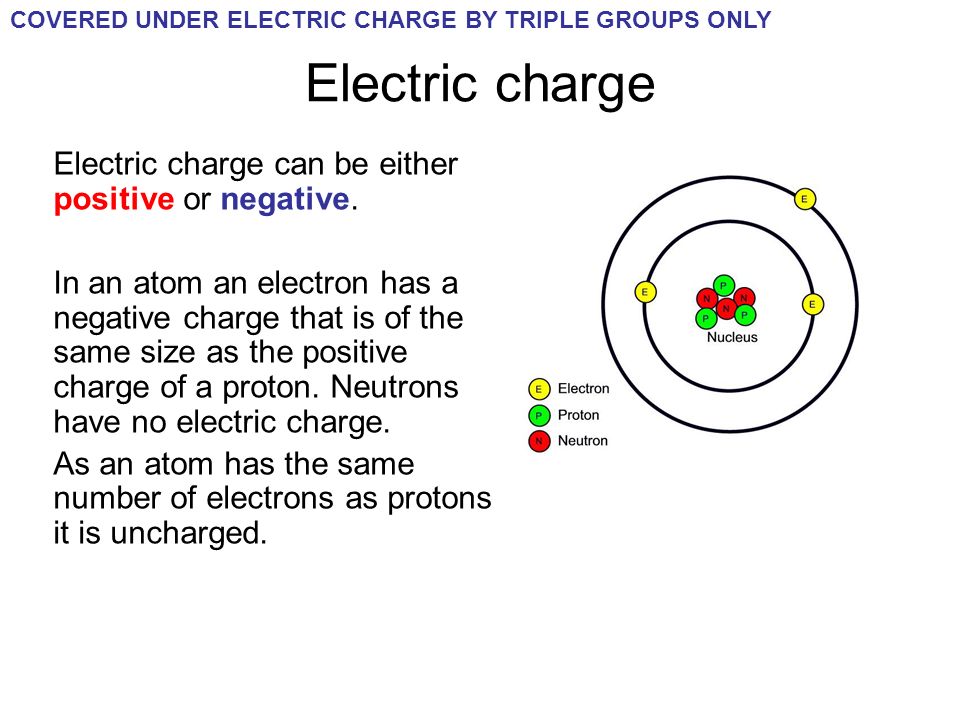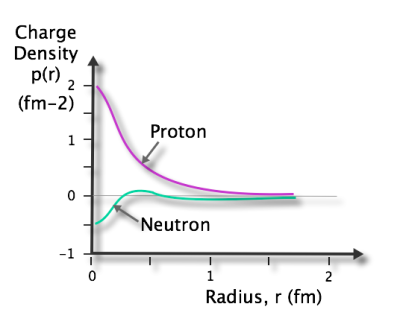
When an organism dies, it stops taking in carbon-14, so the ratio of carbon-14 to carbon-12 in its remains, such as fossilized bones, will decline as carbon-14 decays gradually to nitrogen-14 2 ^2 2 squared. As animals eat the plants, or eat other animals that ate plants, the concentrations of carbon-14 in their bodies will also match the atmospheric concentration. As plants pull carbon dioxide from the air to make sugars, the relative amount of carbon-14 in their tissues will be equal to the concentration of carbon-14 in the atmosphere. These forms of carbon are found in the atmosphere in relatively constant proportions, with carbon-12 as the major form at about 99%, carbon-13 as a minor form at about 1%, and carbon-14 present only in tiny amounts 1 ^1 1 start superscript, 1, end superscript. Yashima, "For example, the perovskite-related oxide Ba 2InAlO 5 may also exhibit high conductivity since its structure is quite similar to that of Ba 2LuAlO 5.For example, carbon is normally present in the atmosphere in the form of gases like carbon dioxide, and it exists in three isotopic forms: carbon-12 and carbon-13, which are stable, and carbon-14, which is radioactive. "By modifying the chemical composition of Ba 2LuAlO 5, further improvements in proton conductivity can be expected," comments Prof. The researchers expect to find other proton-conducting materials based on Ba 2LuAlO 5 in upcoming studies. This information could be critical in the search for other proton conducting materials, as Yashima explains, "Our work provides new design guidelines that open up unexplored avenues for the development of higher-performance proton conductors in the future." Simulations revealed that protons diffuse mainly along the interfaces of LuO 6 layers, which form cubic close-packed c BaO 3 layers, rather than through the AlO 4 layers. The second important characteristic is related to how protons move through Ba 2LuAlO 5. In turn, the oxide's higher water content increases its proton conductivity through various mechanisms, such as higher proton concentration and enhanced proton hopping. This large water uptake, which occurs within two opposing layers of AlO 4 tetrahedra, is made possible by a high number of intrinsic oxygen vacancies in the hexagonal close-packed h' BaO layers. Thus, if an atom contains equal numbers of protons and electrons, the atom is described as being electrically neutral. A proton and an electron have an equal amount but an opposite type of charge. The first is that this oxide absorbs a large quantity of water (H 2O), compared to other similar materials, to form Ba 2LuAlO 5*xH 2O (with x = 0.50). The amount of charge on a single proton is equal to the amount of charge possessed by a single electron. Through molecular dynamics simulations and neutron diffraction measurements, they learned two important characteristics of Ba 2LuAlO 5.

Later, the team sought to find out the underlying reasons for this property. Experiments on Ba 2LuAlO 5 samples revealed that this material has a high proton conductivity in its bulk at low temperatures-its conductivity was 10 ‒2 S cm ‒1 at 487☌ and 1.5×10 ‒3 S cm ‒1 at 232☌-even without additional chemical refinements, such as doping. This was motivated by the results of previous studies highlighting the importance of these vacancies in proton conduction. Yashima and colleagues discovered Ba 2LuAlO 5 while focusing on finding compounds with numerous intrinsic oxygen vacancies.

In their latest study, published in Communications Materials, the team reported the remarkable properties of Ba 2LuAlO 5, a new hexagonal perovskite-related oxide that has provided interesting insights into proton conduction. To address this challenge, a team of researchers, including Professor Masatomo Yashima from Tokyo Institute of Technology (Tokyo Tech) in Japan, has been on the lookout for good proton conductor candidates for PCFCs. Unfortunately, only a few proton-conducting materials with reasonable performance are currently known, which is slowing down progress in this field. Thanks to a much lower operating temperature in the range of 300 to 600☌, PCFCs can ensure a stable energy supply at a lower cost, compared to most other fuel cells. These cells use special ceramics that conduct protons (H +) instead of oxide anions (O 2−). That is why many scientists have focused on protonic ceramic fuel cells (PCFCs) instead. However, typical fuel cells based on solid oxides have a notable drawback in that they operate at high temperatures, usually over 700☌.

Among them, fuel cells have been steadily gaining traction since the 1960s as a promising approach to producing electricity directly from electrochemical reactions. Eager to eventually replace traditional energy sources such as coal and oil, scientists across the world are trying to develop environmentally friendly technologies that produce energy safely and more efficiently. When talking about sustainability, the ways in which a society generates energy are some of the most important factors to consider.


 0 kommentar(er)
0 kommentar(er)
